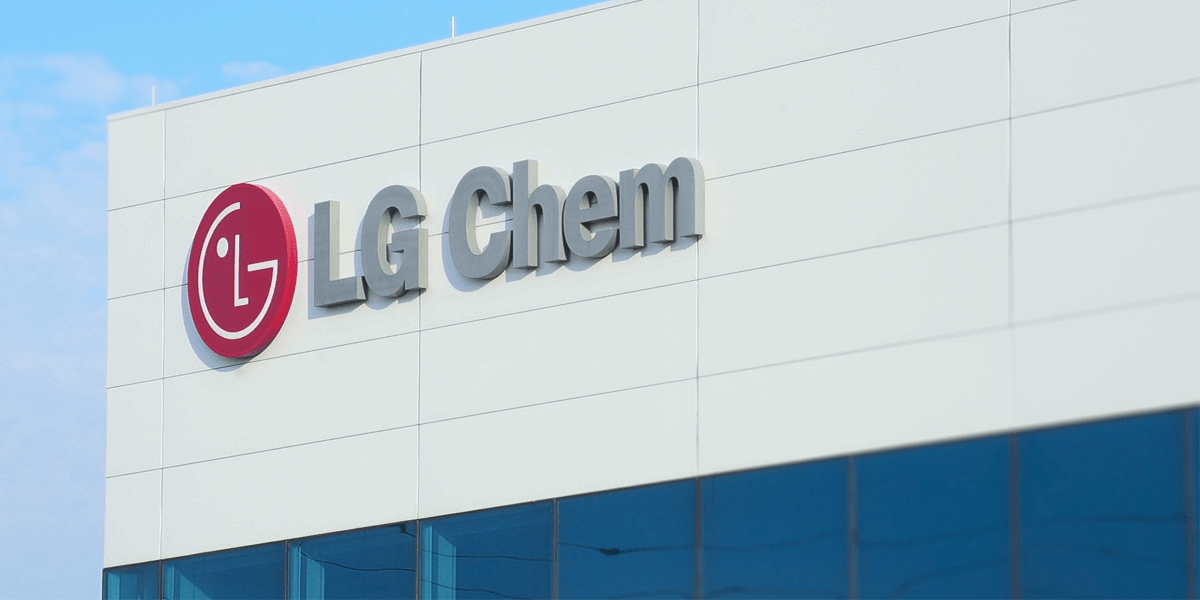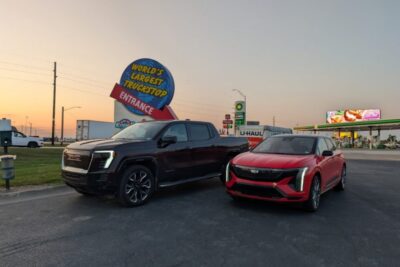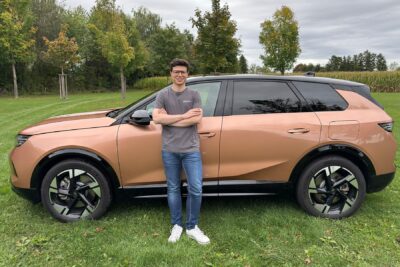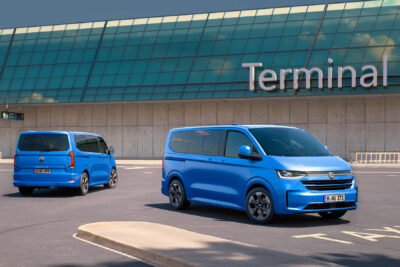LG Chem completes battery spin-off
LG Chem has now officially completed the spin-off of its battery division. The new company is apparently also going to significantly increase the production of battery cells for Tesla, which will include Giga Berlin in Germany.
The new spin-off company LG Energy Solution employs around 22,000 people, about 7,000 of them in South Korea and 15,000 in other countries. The division has grown strongly with the demand for rechargeable batteries, not only for electric cars, but also for mobile devices such as smartphones. Needless to say, the business is also profitable, which is why the group believes that the division is better positioned on its own.
LG Energy Solution still belongs to LG Chem, but now operates as an independent unit. LG Chem itself now consists of three divisions: Petrochemicals, Advanced Materials and Life Sciences. They are joined by two independent subsidiaries; Farm Hannong in addition to LG Energy Solution.
Parallel to the spin-off, the team around LG Energy Solution President Kim Jong Hyun has been working on another project: According to information from Reuters, LG plans to more than double its production capacity for battery cells manufactured for Tesla next year. In the Nanjing plant, LG Chem will increase the annual production capacity of 2170 cells by 8 GWh. To this end, the number of production lines is to be increased from eight to at least 17, as the news agency writes, citing two people familiar with the processes.
Apparently, this is not only about battery cells for Tesla’s China plant, Gigafactory 3 near Shanghai. The increased production is not only to be delivered to the Tesla plant in Shanghai but also to Tesla’s factories in Germany and the USA. LG Chem will initially be the sole supplier for the Shanghai-built Model Y. LG Chem’s Chinese plant will also initially supply battery cells for the Model Y produced in the German plant when production begins.
It had already become apparent that Giga Berlin in Brandenburg could not rely exclusively on the 4680 cells produced there. As things stand at present, battery production will start some time after vehicle production. With the Model Y, it would be the third production start-up for Tesla, and the Californian company will probably want to increase the production rate accordingly. It is not clear whether production of the new battery type could be scaled up just as quickly. But there are probably simple reasons why LG supplies Giga Berlin from Nanjing and not from its plant in Poland: The plant in Wroclaw is already well utilised and specialises primarily in pouch cells. In Nanjing, LG produces the round cells that are actually preferred by Tesla.
“We’re continuing to expand capacity for cylindrical battery cells in response to growing demand from automakers but we can’t comment on specific customers,” said a spokesperson for LG Chem. In October, when presenting its quarterly figures, LG had announced its intention to triple its capacity for round cells but did not specify a time frame. The doubling in the course of 2021 could therefore only be an intermediate step. In November there was a report according to which LG Chem wanted to invest 500 million dollars in the Nanjing plant.
Reuters makes a simple calculation: According to one source, each LG Chem production line could produce up to seven million cells per month. With 17 production lines and 4416 cells per vehicle battery, LG Chem could therefore produce battery cells for up to 323,000 vehicles per year in Nanjing. In the Giga Shanghai alone, Tesla plans to build up to 550,000 electric cars next year.
According to earlier reports, LG Chem cells will be used in the long-range version. The cells for the Standard Range+ version of Model 3 (with LFP cell chemistry) are from CATL. It is likely that Tesla will follow a similar supplier strategy for Model Y (minus the SR+ version, which has not yet been announced). It remains to be seen how many cells will then actually be exported from the LG Nanjing plant.
The supply of cells from LG Chem would also be a novelty for the US parent plant in Fremont. Up to now, all Teslas assembled there have been equipped with Panasonic cells. For the Model S and X, Panasonic assembles the 18650 cells in its own factories, while the 2170 cells for the Model 3 and Y from US production come from the jointly operated Gigafactory 1 in Nevada.
insideevs.com (Energy Solution), reuters.com (battery production)





1 Comment